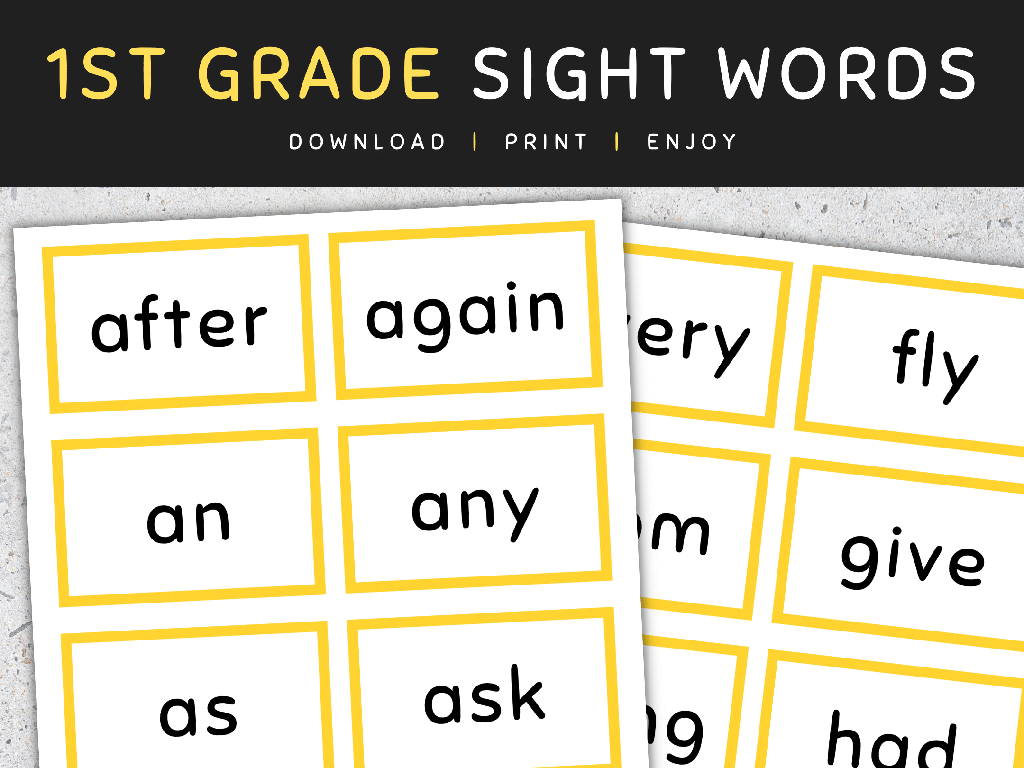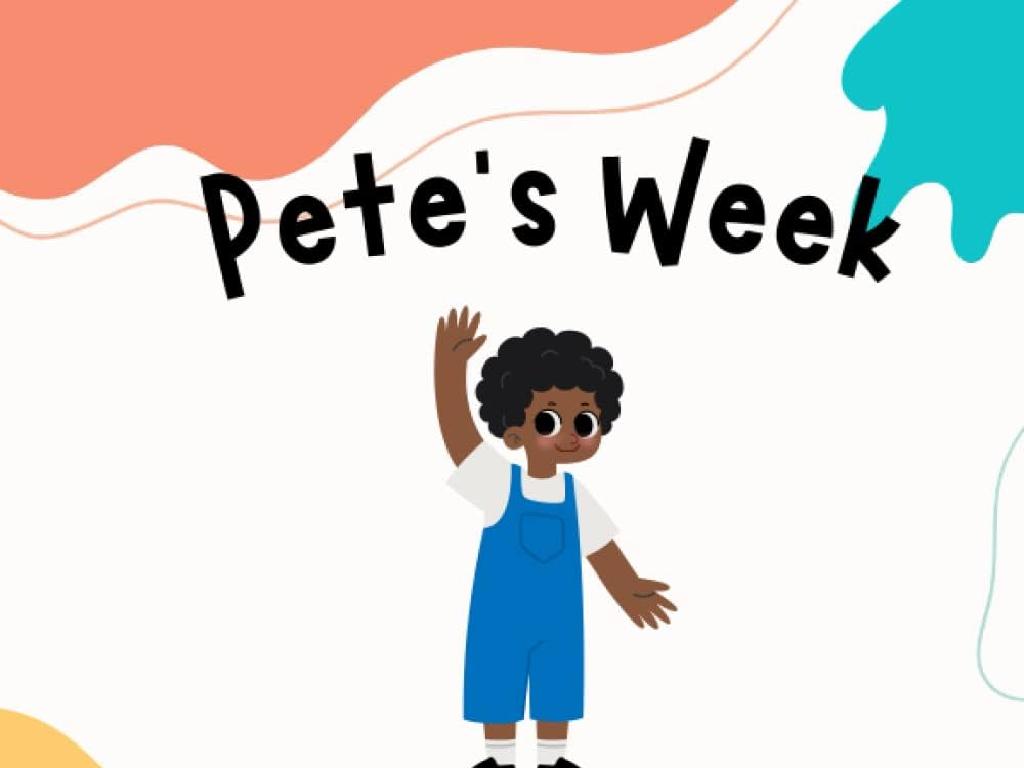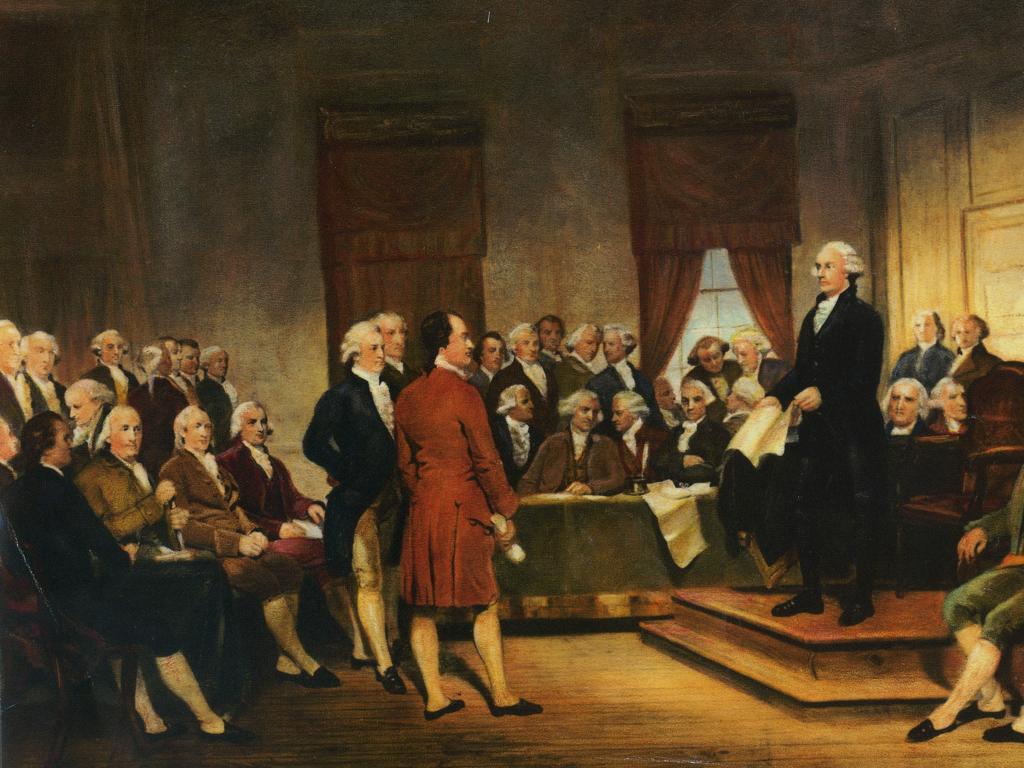Compare Volumes And Dimensions Of Rectangular Prisms: Word Problems
Subject: Math
Grade: Fifth grade
Topic: Volume
Please LOG IN to download the presentation. Access is available to registered users only.
View More Content
Welcome to the World of Volume!
– Understanding Volume
– Volume is the amount of space inside a 3D object.
– Measuring 3D object space
– Use length x width x height for rectangular prisms.
– Volume in real-life
– Examples: pools, boxes, and buildings.
– Practice with word problems
|
This slide introduces the concept of volume as a measure of space within three-dimensional objects, specifically focusing on rectangular prisms. Start by explaining that volume is the amount of space inside an object, which can be thought of like how much water it could hold. Demonstrate how to calculate the volume of rectangular prisms by multiplying the length, width, and height. Provide relatable examples such as swimming pools for large volumes and cereal boxes for smaller volumes. Conclude with the importance of understanding volume in real life and how it applies to various situations. Prepare to engage students with word problems that require them to calculate volume, enhancing their practical understanding of the concept.
Exploring Rectangular Prisms
– Define a rectangular prism
– A 3D shape with 6 faces, all rectangles
– Identify length, width, height
– Measure sides to find these dimensions
– Volume calculation formula
– Multiply these 3 dimensions for volume
– Practice with word problems
|
Begin by explaining what a rectangular prism is, highlighting its characteristics such as having six faces that are all rectangles. Then, guide students to identify the length, width, and height of a rectangular prism, using real-life objects as examples. Next, introduce the formula for calculating the volume of a rectangular prism and demonstrate how to apply it using the dimensions they identified. Finally, prepare a set of word problems that require students to apply their knowledge of rectangular prisms to find volumes, reinforcing their understanding through practical application. Encourage students to visualize the problem and draw the prism if it helps them understand the concept better.
Volume in Real Life: Rectangular Prisms
– Rectangular prisms in daily life
– Examples: books, boxes, and buildings
– Compare volumes of objects
– Which is larger: a cereal box or a shoebox?
– Practical uses of volume knowledge
– Helps in packing, building, and buying supplies
– Understanding volume helps us
|
This slide aims to show students how volume is relevant in their everyday lives by identifying common objects that are shaped like rectangular prisms. Encourage students to think about how comparing volumes can be useful, for instance, when trying to determine which container can hold more cereal or which box is needed for a pair of shoes. Discuss the importance of understanding volume for practical tasks such as packing for a trip, constructing objects, or estimating the amount of material needed for a project. This will help students appreciate the value of learning about volume and its applications beyond the classroom.
Calculating Volume of Rectangular Prisms
– Learn the volume formula
– Volume = length x width x height
– Solve a volume practice problem
– Example: Volume of a box 5cm x 3cm x 2cm
– Understand cubic units
– Volume is measured in cubic units, e.g., cm³
– Discuss volume in word problems
|
This slide introduces students to the concept of volume for rectangular prisms. Start by explaining the volume formula (V = l x w x h) and ensure students understand each dimension. Use a practice problem with a box to apply the formula. Emphasize the importance of cubic units as a measure of volume, explaining that it represents three-dimensional space. Encourage students to think of volume in terms of filling up the box with cubes. Conclude by discussing how this knowledge can be applied to solve word problems involving volume, preparing them for real-world applications.
Comparing Volumes of Rectangular Prisms
– Understanding volume comparison
– Volume is greater when it has more space inside
– Applying the volume formula
– Use length × width × height to calculate
– Comparing two boxes’ volumes
– Example: Box A is 2x3x4, Box B is 3x3x3. Which is bigger?
– Real-world application
|
This slide aims to teach students how to compare the volumes of different rectangular prisms by understanding the concept of volume and applying the volume formula. Start by explaining that a greater volume means there is more space inside the object. Then, demonstrate how to use the formula for volume (length × width × height) to calculate and compare the volumes of two different boxes. Provide an example with dimensions for two boxes and guide students through the process of calculating each one’s volume to determine which can hold more. Encourage students to think about how this skill can be useful in real-life situations, such as packing, storage, and shipping.
Comparing Volumes: Rectangular Prisms
– Read the problem carefully
– Note down all dimensions
– Length, width, height are key
– Solve the volume step by step
– Use formula: Volume = length × width × height
– Compare volumes of prisms
– Use your calculations to see which prism has more volume
|
This slide is aimed at guiding students through word problems involving the comparison of volumes of rectangular prisms. Start by encouraging careful reading to understand what the problem is asking. Emphasize the importance of identifying and writing down the dimensions of the prisms mentioned in the problem. Teach them the formula for volume and how to apply it step by step. Finally, show them how to compare their results to determine which prism has a greater or lesser volume. Provide examples of word problems for practice and ensure they understand that comparing volumes requires attention to detail and methodical problem-solving.
Let’s Practice Together: Volume Comparison
– Solve a volume comparison problem
– Discuss methods in groups
– How did each group tackle the problem?
– Share and explain solutions
– Each group presents their method and reasoning
– Understand different approaches
– Learn there’s more than one way to solve a problem
|
This slide is for a class activity focused on comparing the volumes of rectangular prisms through word problems. Divide the class into small groups and provide each with a different volume comparison problem. Allow time for students to solve the problems collaboratively, encouraging them to discuss their methods and reasoning. Afterward, have each group share their solution and the strategy they used with the class. This will help students understand that there can be multiple ways to approach a problem, and they can learn from each other’s reasoning. As a teacher, facilitate the discussion, ensure that each group gets a chance to present, and highlight the importance of understanding the problem-solving process over just getting the right answer. Possible activities could include comparing volumes of containers, building blocks, or even 3D models that they create.
Class Activity: Volume Scavenger Hunt
– Find classroom rectangular prisms
– Measure and calculate volume
Use length x width x height for volume
– Compare to find greatest volume
Which item holds the most?
– Compare to find least volume
Which item holds the least?
|
This interactive activity is designed to help students apply their knowledge of volume in a fun and engaging way. Students will search the classroom for items shaped like rectangular prisms, such as books, boxes, or containers. They will then use rulers to measure the dimensions (length, width, and height) of each item and calculate the volume using the formula (length x width x height). After calculating, students will compare the volumes to determine which item has the greatest volume and which has the least. Possible items for measurement could include a pencil box, a book, a storage container, and a tissue box. This activity will reinforce the concept of volume and provide a hands-on learning experience.
Volume Recap: Rectangular Prisms
– Review: Volume of prisms
Volume = length x width x height
– Why compare volumes?
Comparing helps in real-world problems like packing
– Volumes in daily life
Notice different package sizes at the grocery store
– Keep practicing!
|
As we conclude today’s lesson, we’ll recap the concept of volume, specifically focusing on rectangular prisms. Remember, the volume is found by multiplying the length, width, and height of the prism. Understanding how to compare volumes is crucial for solving practical problems, such as determining which container can hold more or how to pack objects efficiently. Encourage students to observe and think about the volume of objects they encounter in their everyday lives, like cereal boxes, shipping packages, or storage containers. Reinforce the importance of practice by solving more word problems to become comfortable with these concepts.






